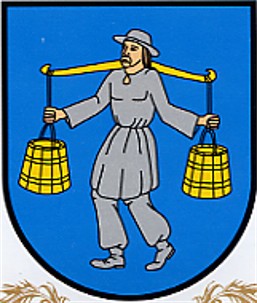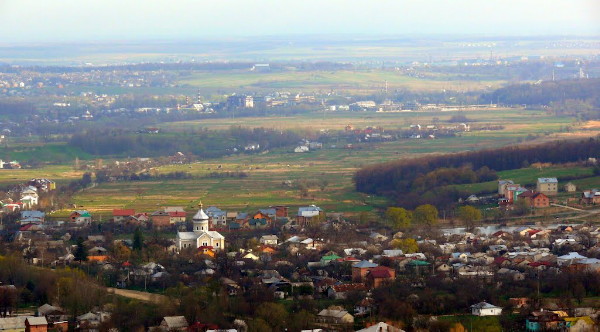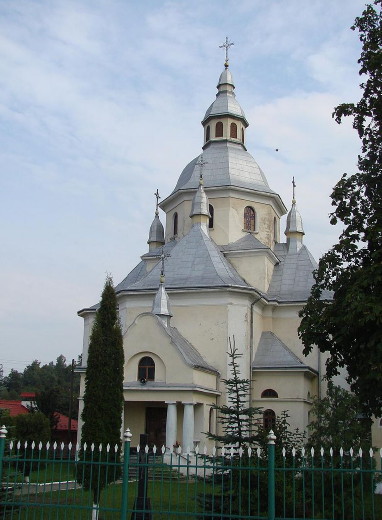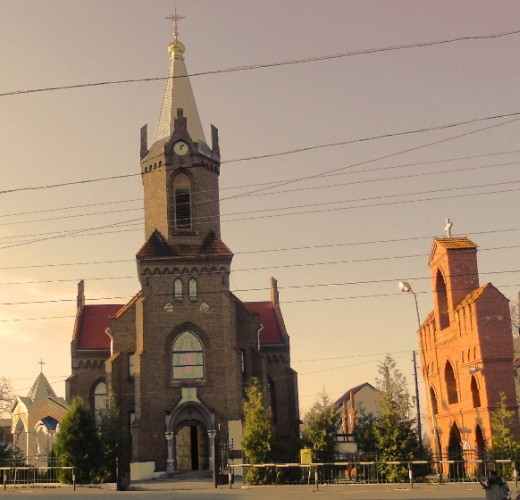Boryslav
Boryslav. Map: IV-4. City (2001 pop 38,122) in Lviv oblast, on the Tysmenytsia River in the foothills of the High Beskyd. A center of the petroleum industry, Boryslav was formed by amalgamating the towns Boryslav, Tustanovychi, Volianka, and Mraznytsia. The growth of industry carried with it a corresponding growth of population (1880 pop 15,500: 28 percent Ukrainians, 10 percent Poles, 62 percent Jews; 1931 pop 41,000: 23 percent Ukrainians, 48 percent Poles, 28 percent Jews). In the first half of the 19th century petroleum was extracted manually; exploratory drilling was carried out in 1892. The exploitation and sale of wells was chaotic. The largest yield was in 1905–6 at a drilling depth of up to 2,000 m (80 percent of the entire Carpathian yield). Thereafter the yield significantly decreased. The city experienced several miners' strikes throughout its history, most notably in 1904. As an industrial center Boryslav produces petroleum and its by-products, ozokerite, gasoline, natural gas, chemicals, porcelain, clothing, shoes, synthetic materials, wood products, food, and consumer goods. A museum of the petroleum and natural gas industry is located there. Ivan Franko used Boryslav as the setting for his novels Boa Constrictor (1878) and Boryslav smiietsia (Boryslav Is Laughing, 1881), and for Boryslav: Kartyny z zhyttia pidhirs'koho (Boryslav: Pictures of Foothill Life, 1877). (See also Drohobych-Boryslav Industrial Region.)
V. Kubijovyč




